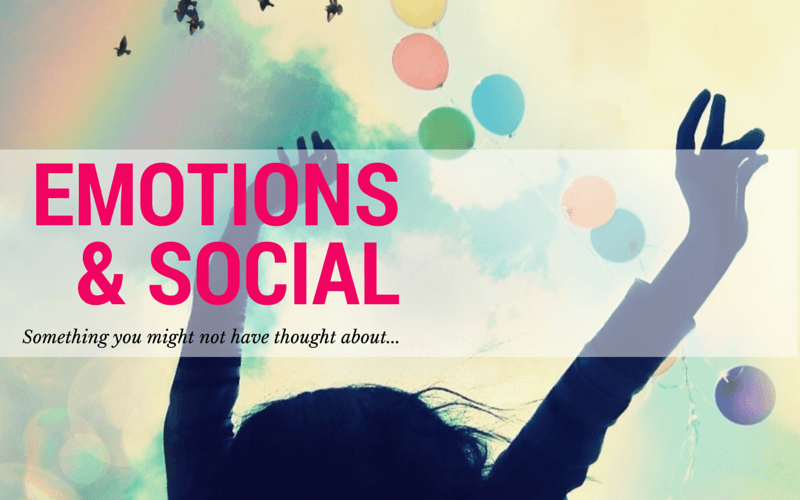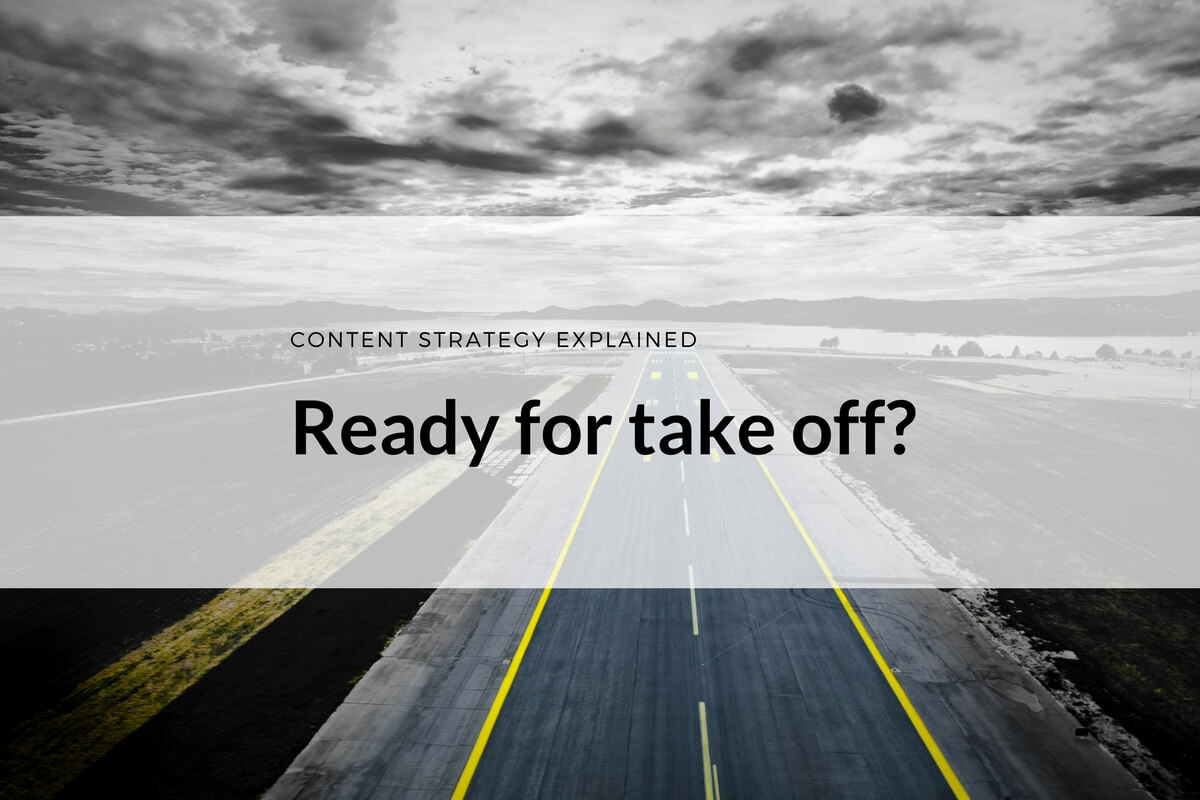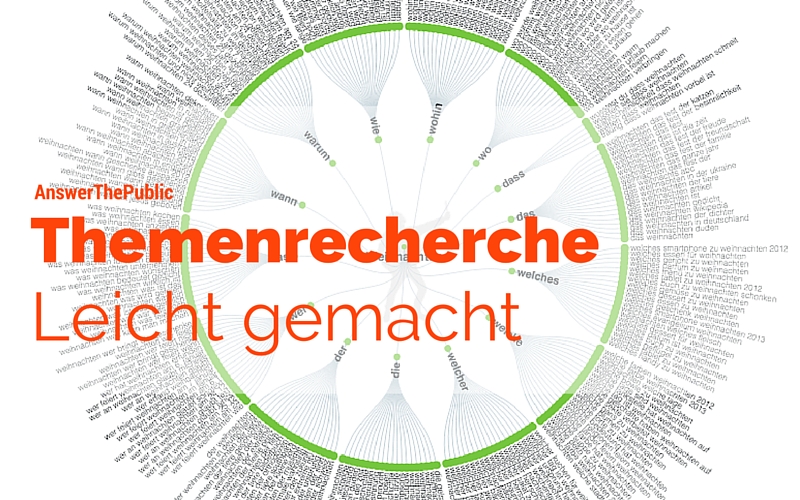Emotions and social media engagement have been discussed many times before. Activating emotions are best for getting followers / fans to interact. But aren’t there other factors we are missing? Obvious factors which actually make a difference?
It is widely accepted that striking chords leading to positive emotions when consuming content on social media leads to more social engagement. All those social media tips for social content agree: positive emotions work best.
I was just scrolling through my newsfeed and a link shared by TIME magazine caught my eye. The post linked to a story about violence in South Africa and the killing of an immigrant caught on 8 pictures.
I learned that there are immigration-related troubles in that country – something I did not know. Therefore this particular piece of content added value and it engaged me. Then I wanted to click on the „Like“ button and I somehow restrained myself from doing so… It would be terrible to „like“ something where you see the stabbing of a person, wouldn’t it?
Social Media engagement and emotions – Go beyond just data
When I realized that I just did not want to engage with this piece of content because I just couldn’t click this „like“ button, it got me thinking… Should this change how we think about the data we collect and then interpret?
What we do know from science is that there are activationg emotions and non-activating emotions. Some make us want to DO something, we want to act upon it. (I will get more into details in an upcoming post).


All the data we gather really just makes us think in one direction: we see what works and replicate it so that we can tell our CEO that people care about our brand. However, most of the time we don’t think about the „why“. If we see that post 1 got more likes than post 2, then the content of post 1 is better for your audience, right?
Think about Facebook and Instagram: you can „like“ in form of a „thumbs up“ or like with the heart on instagram. Now if you engage someone on this network but it’s not „likeable“, it hurts engagement and thus you reach down the line.
You see where I’m getting at?
Don’t just look at data…
We jabber a lot about how content is king and context is god but do contextualize data? Most of us don’t. I certainly don’t when I take a quick look at engagement metrics.
This experience makes me think that maybe we should be more careful about how we look at the data we see in our analytics dashboards and spreadsheets. Producing and sharing content for our audiences cannot be data-driven only. Knowing your audience isn’t just taking a look at numbers and doing more of the stuff which gets you even bigger numbers.
[Tweet „Knowing your audience isn’t just taking a look at numbers“]
The problem with data is its interpretation. A whole lot of people tend to get confused (yay I’m part of this group) because of a certain level of uncertainty between cause and correlation. Gut feeling and your grey matter just might remain more powerful in certain situations…



